A rare interview with Hubert de Givenchy
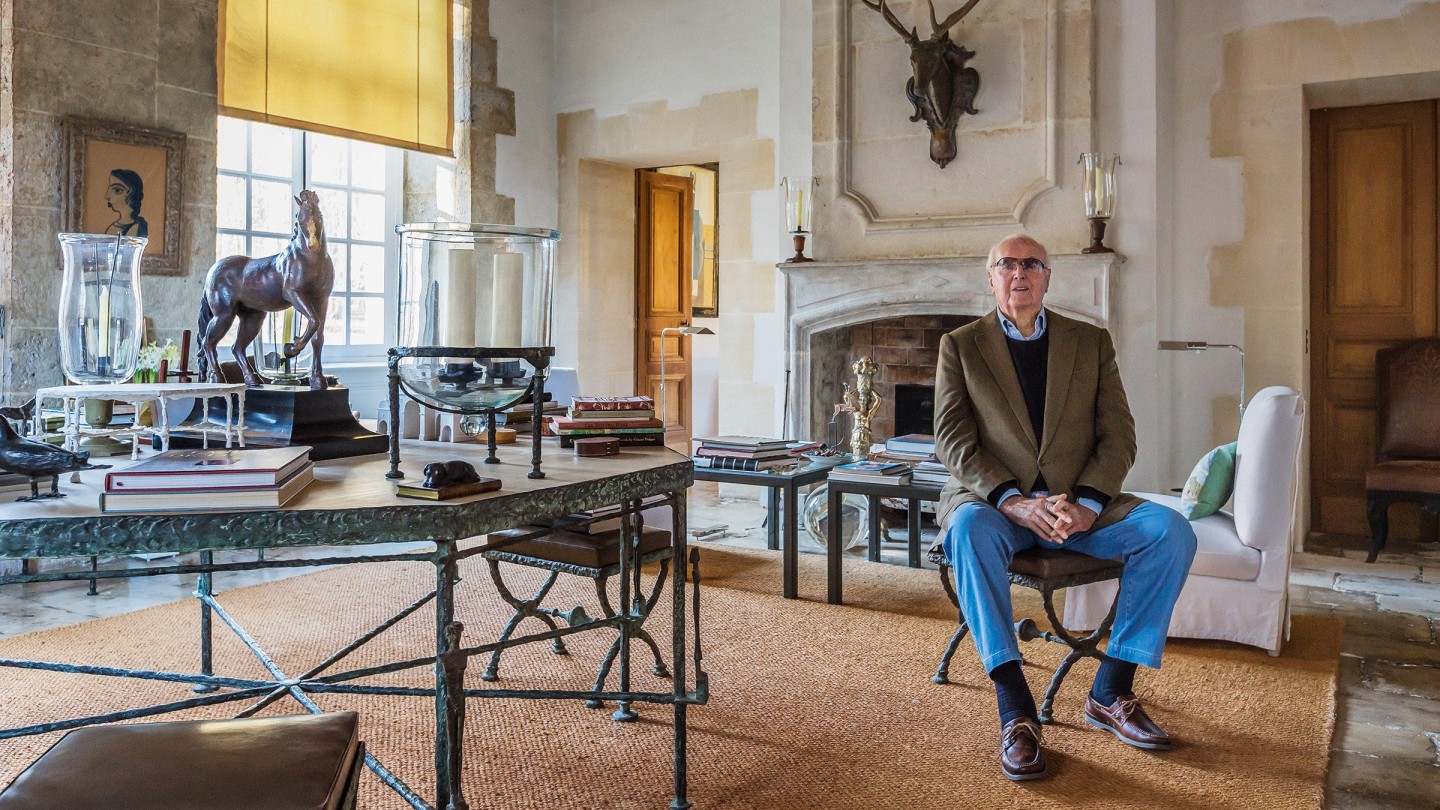
Simply sign up to the Style myFT Digest -- delivered directly to your inbox.
“It is the sort of sale that could change a reputation and will certainly change the price points.” Auctioneers are professionally obligated to enthuse about their sales; even so, François de Ricqlès, the urbane and polished boss of Christie’s France, is possibly soft-selling the sale on March 6 of a single-owner collection of the work of Diego Giacometti.
His famous brother Alberto may have died half a century ago, predeceasing him by almost 20 years, but Diego has always been the “other” Giacometti, better known as a maker of furniture, fittings and decorative objects than as a sculptor. His pieces achieve impressive prices for design and furniture, but, with a top auction price of $3,837,500 reached for a Table aux Personnages in November, still fall far short of the $141,285,000 for which his brother’s L’Homme au Doigt sold in spring 2015. “The problem,” explains Ricqlès, “is that in auctions you see a table here, some chairs there, but in Hubert’s collection there is such a concentration of quality and quantity that it is unique. There are three Tables aux Personnages alone [such as the Table Octogonale aux Caryatides et Atlantes, £700,000-£1m].”
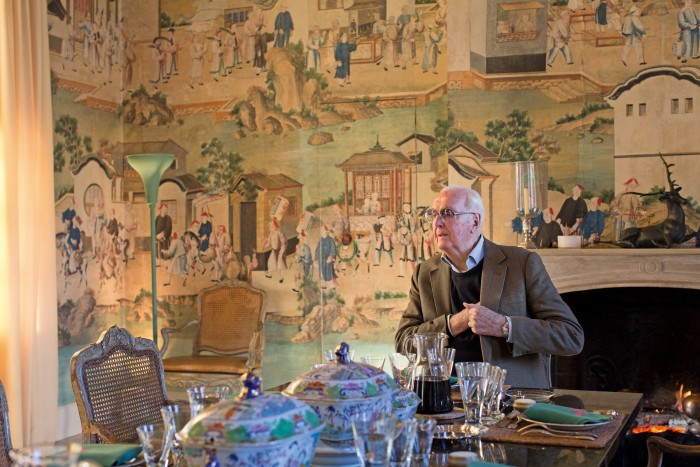
The Hubert in question is Hubert de Givenchy, and the 90-year-old couturier is in no doubt that this is work of museum quality. The Picasso Museum in Paris is as much a permanent homage to Diego Giacometti as it is to the 20th century’s greatest artist. The eye might be drawn to the canvases on the walls, but the benches, chairs, tables and light fittings evince the unmistakable delicate, etiolated lines and hand-wrought finish that say Giacometti as surely as any signature.
And just as it is part of the character of one of the French capital’s greatest cultural assets, so, at least until January this year, the work of Giacometti was integral to the Manoir du Jonchet, Givenchy’s Henri IV/Louis XIII manor house a couple of hours south-east of Paris. On a chill grey Sunday in December I became one of the few people outside Givenchy’s immediate circle to enjoy the works in the place for which they had been commissioned.
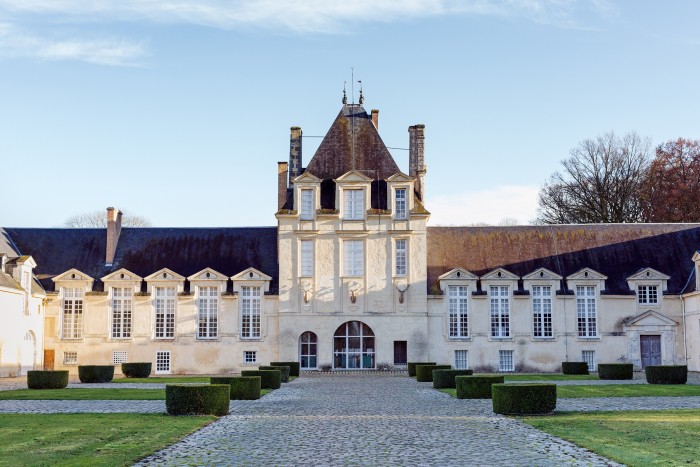
Givenchy is a survivor of the golden age of haute couture. He clothed the most beautiful women of an elegant time: Gloria Guinness, Babe Paley, Daisy Fellowes and Mona von Bismarck among them. Nicknamed the Tarzan of fashion because of his towering frame, he worked for Jacques Fath, Lucien Lelong and Schiaparelli, before founding his couture house in 1952, aged just 25. A couple of years later, the newspaper L’Express told its readers that he was to haute couture what Françoise Sagan was to literature and Bernard Buffet to painting: successful, glamorous, gorgeous and very, very French. Givenchy famously dressed Audrey Hepburn on and off screen and lived up to the image of the dashing French aristocrat that he was, never less than impeccable in a Huntsman or Cifonelli suit and sky-blue shirt with white collar and cuffs from Charvet. He was such a shoo-in for the Vanity Fair Best Dressed List that he was kicked upstairs into the Hall of Fame to give others a chance. He travelled the world surrounded by beautiful women, promoting an empire of fashion, fragrances and accessories – and by the time he sold his business to LVMH, he was richer and more famous than those who had been his customers.
Seven decades ago, with Christian Dior and Pierre Balmain, he was one of the enfants terribles of postwar Paris fashion. Today he is a snowy-haired patrician: a reminder of a time when these were the names of living, breathing, creative individuals – artists in crepe, chenille, cashmere, organza and faille – rather than the highly successful corporations they have become.
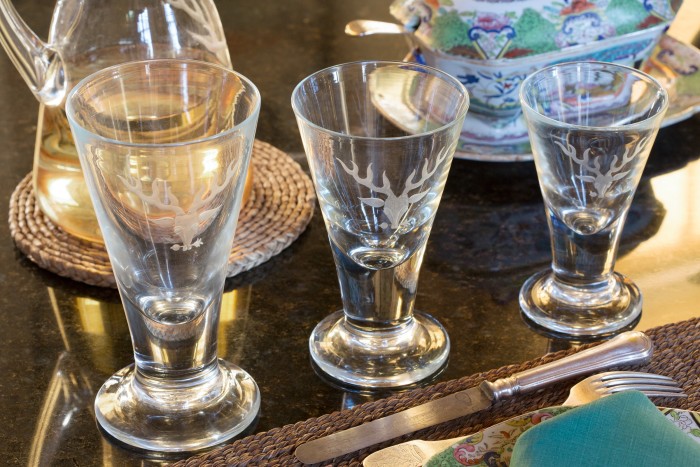
He has outlived his contemporaries, and the chic world of which they were architects has passed into history. These days he walks with a crutch (which, with stubborn elegance, he refuses to refer to as anything other than a cane) and wears tinted glasses, not out of affectation, but because he lost the sight in one eye following an unsuccessful operation. Yet, rising with some difficulty from a French Régence armchair in one of the enfilade of drawing rooms that forms the south wing of his sprawling manor house, he has lost none of his power to impress. Even comfortably clad in denim, Belgian shoes and a pair of Eric Bompard cashmere crewnecks (one, in navy, he wears; the other, cherry-coloured, is draped artfully over his shoulders), “imposing” is the only adjective that suggests itself to describe the 6ft 6in frame of Hubert James Marcel Taffin de Givenchy.
Just a week after he opened an exhibition at The Hague’s Gemeentemuseum dedicated to the pieces he designed for Hepburn, he sits at a desk at Jonchet surrounded by catalogue proofs for the sale of his collection of dozens of Diego Giacomettis. A white-jacketed servant appears noiselessly to serve glasses of the crisp white wine of Touraine or flutes of champagne, and returns equally silently with a French 18th-century silver tray of postage stamp-sized salmon toasts. Even though he hung up his couturier’s white coat in 1995, he maintains a lively interest in fashion. He has served as honorary chairman of the Cristóbal Balenciaga Museum since its opening in 2011, securing for it such treasures as Bernard Buffet’s portrait of his wife, a former model, in a Balenciaga dress, the framing of which he personally superintended. “I chose a very Spanish frame from Maison Lebrun.”
He reveres Balenciaga as a genius. Even though it is nearly half a century since the enigmatic Spaniard closed his couture house, the warmth, gratitude and humility with which he recalls the man he calls his mentor is plainly evident in his voice. And with a satisfied smile he says that Balenciaga’s work is becoming recognised as collectable. He recalls how last summer, on behalf of the museum, he tried to buy a short-sleeved Balenciaga evening gown embroidered with pale-pink feathers once owned by midcentury socialite Francine Weisweiller. He stopped bidding before it sold for €56,250, almost 10 times its pre-sale estimate.
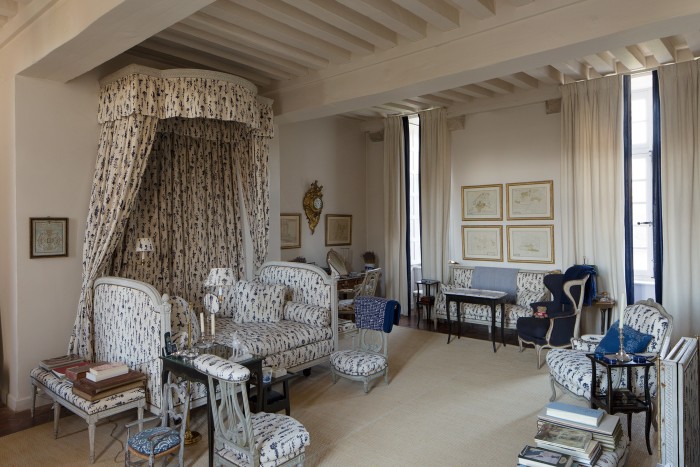
Givenchy’s Paris residence, two apartments in an 18th-century hôtel particulier on the Rue de Grenelle groaning with antiques and plump with sofas, is one of the last examples of the traditional Parisian interior of the era of Charlie de Beistegui, the Baron de Redé, Marie-Hélène de Rothschild and Hélène Rochas – a time when life was lived graciously amid museum-quality furniture, paintings and flower arrangements, in Givenchy’s case white amaryllis, white tulips and white roses from the neighbourhood florist Adriane M on the Rue Saint-Dominique. Givenchy would eschew the cliché that it is as pretty as a picture, but it is quite literally true: just as Beistegui and others commissioned the watercolourist Serebriakoff to paint “portraits” of their interiors, so Givenchy commissioned paintings to depict the reception rooms of the Rue de Grenelle.
In Jonchet, meanwhile, paintings are hung rather than displayed: tucked up at the top of a staircase one encounters a large Miró, in a quiet corner another, while above a desk hangs a life-size Renaissance portrait. The dining room is adorned with 18th-century Chinese paper, the perfect polychrome backdrop for a table set with glittering silver, sparkling crystal and brightly coloured porcelain, such as an 18th-century Compagnie des Indes service purchased at Christie’s. Bedrooms are decorated with classic Braquenié toile de Jouy or printed fabrics of Givenchy’s own creation.
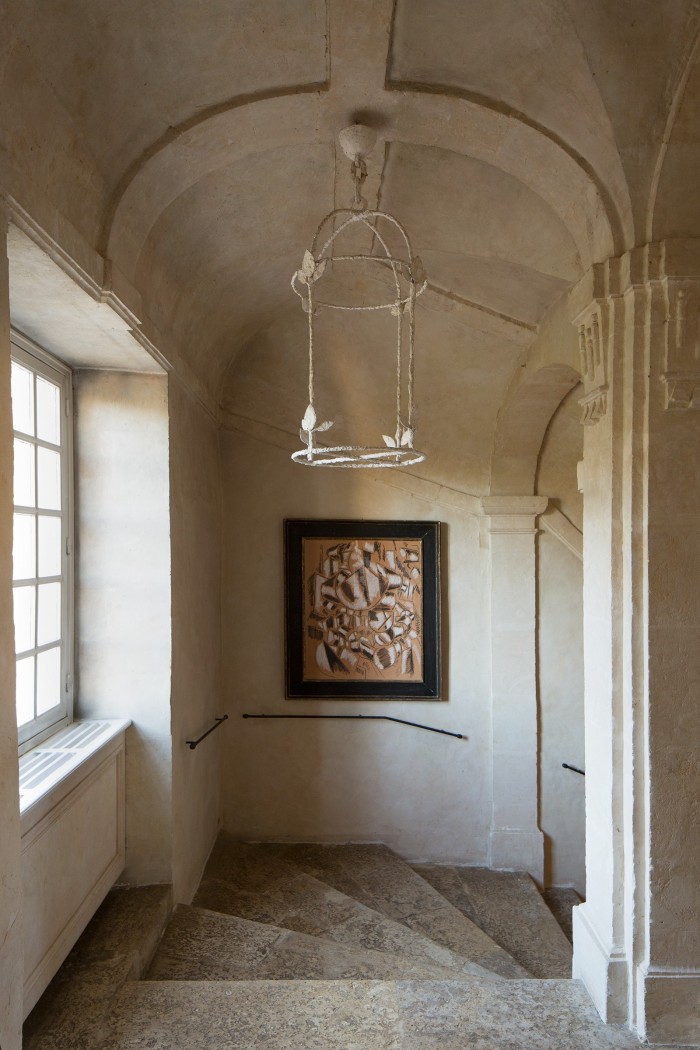
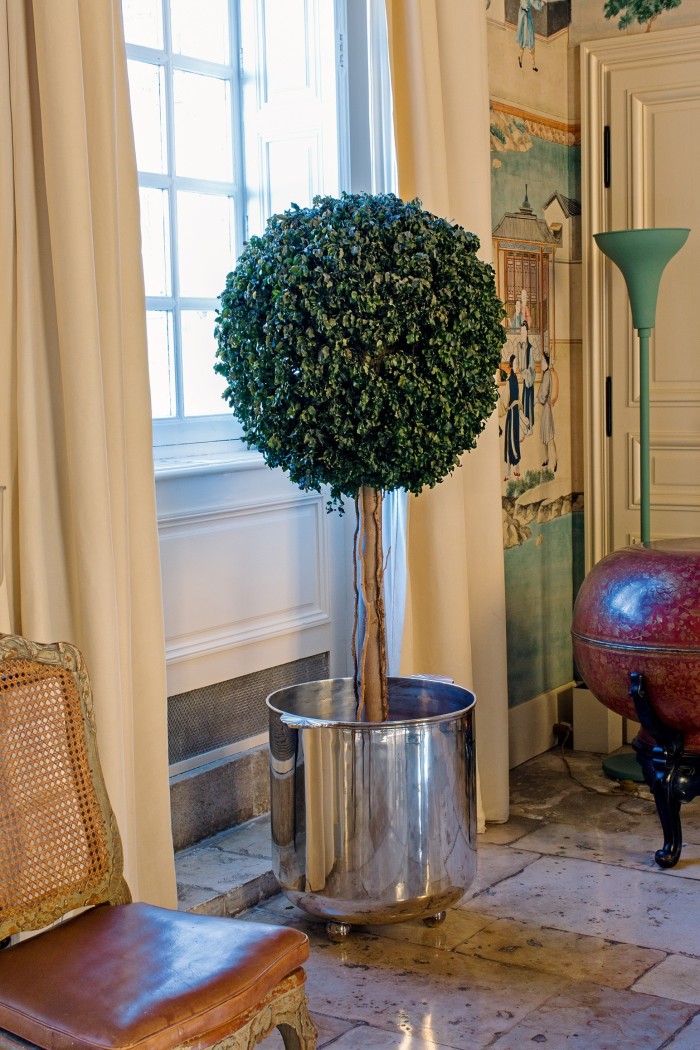
However, in the public rooms the palette is a pale one: light honey-coloured exposed stonework and parchment-coloured walls are the backdrop to chaste furnishings. Even the asymmetric extravagance, cartouche backs and cabriole legs of Louis XV chairs are quietened with plain upholstery in bone-coloured fabrics. Givenchy raises a quizzical eye over the soufflé with which lunch begins when I mention my partiality to the extravagant ormolu‑bedecked style of some of the more wanton creations of the Louis XV period.
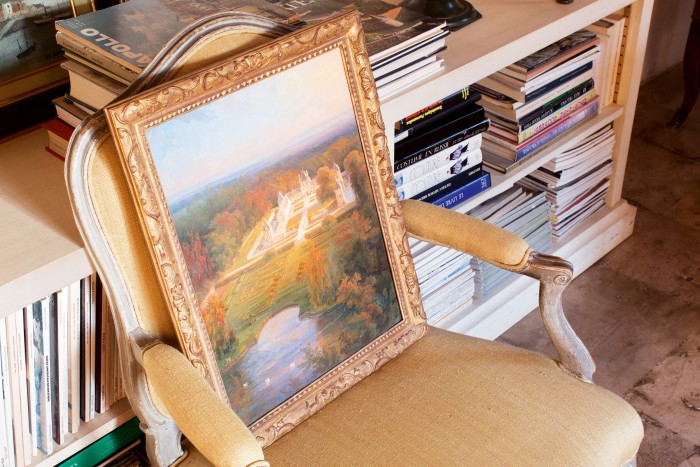
Givenchy’s personal style at Jonchet is about restraint, rigour, geometry and decorum. Born into a family both noble (his father was a marquis) and, on his mother’s side, artistic, his sense of aesthetics was honed by careful study in postwar Paris. “I used to visit the antiquaires and they took the time to explain pieces to me.” Although he bemoans the closure of many of his old haunts, he speaks warmly of the treasures that can be found at Galerie J Kugel, the famous dealer in everything from Renaissance automata to antique scientific instruments, from whom Givenchy has bought wall lights, candlesticks and a chandelier.
Where objects do not exist to fulfil his needs, he has the best artisans create them. He talks of a Cartier lighter made out of a real tortoise shell, with a head and feet of gold, that his friend and client the Duchess of Windsor used to use. “It was a little masterpiece. I asked her and the Duke whether they would mind if I asked Cartier to make me one too. At first Cartier said they were not sure, but I knew Jeanne Toussaint [Cartier’s legendary creative director from the 1930s until the early 1970s, nicknamed La Panthère by her lover Louis Cartier] and eventually they found they had a few shells left and made me one.”
Scrupulously polite, Givenchy also asked Arturo López-Willshaw, one of the spectacularly rich South Americans who came to Paris between the wars, if he could borrow his idea of creating artificial box trees to line his dining room. Sometimes, when nature cannot deliver the desired effect, he turns to makers of artificial flora, including Pietro Meschi and Isabelle de Borchgrave, whose paper cabbages he cherishes. Then, unable to find the correct 18th-century cachepots for the trees, he commissioned his own in silvered brass from Maison André. “Unfortunately, it closed a year ago. It was a formidable place that superbly repaired and produced re-editions based on antique designs,” he sighs.
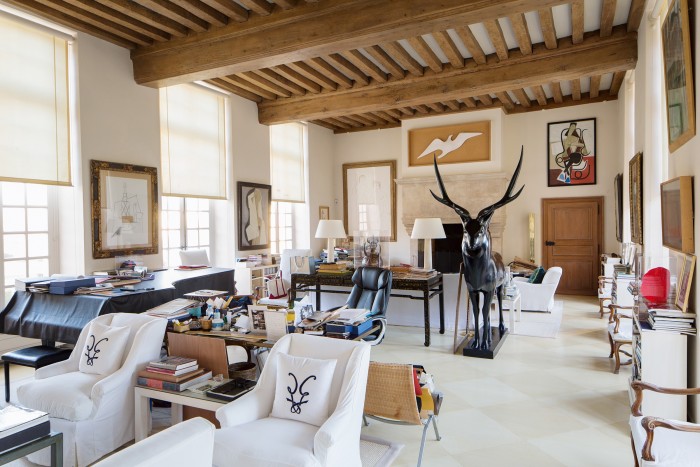
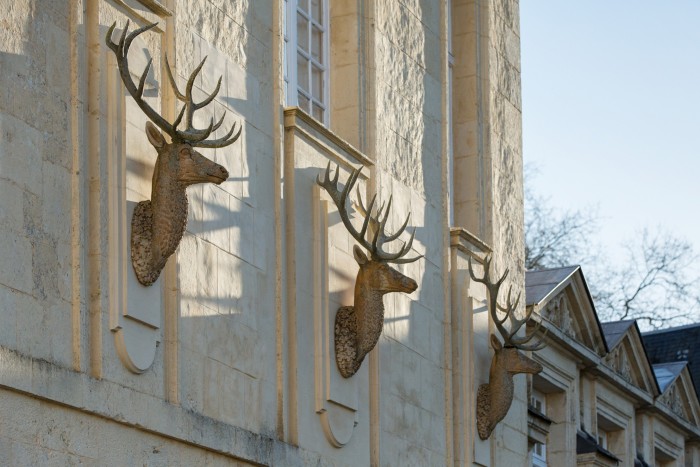
For Givenchy, detail is king. One of the first things the visitor to Jonchet notices is the trio of majestic stags’ heads that dominate the main façade, and if they recall the Cour des Cerfs at Versailles, where the king used to return from the hunt, this is because they are the same sculptures. Givenchy paid for the restoration of the palace courtyard, where similar stags’ heads had been destroyed during the revolution. The historically correct variety of stag had become extinct in France but still survived on the eastern fringes of Europe, and sculptor Alban Reybaz was sent to Hungary to study them. Even though he had funded the whole undertaking, Givenchy felt duty-bound to ask the palace’s permission to have three more stags’ heads made to adorn Jonchet.
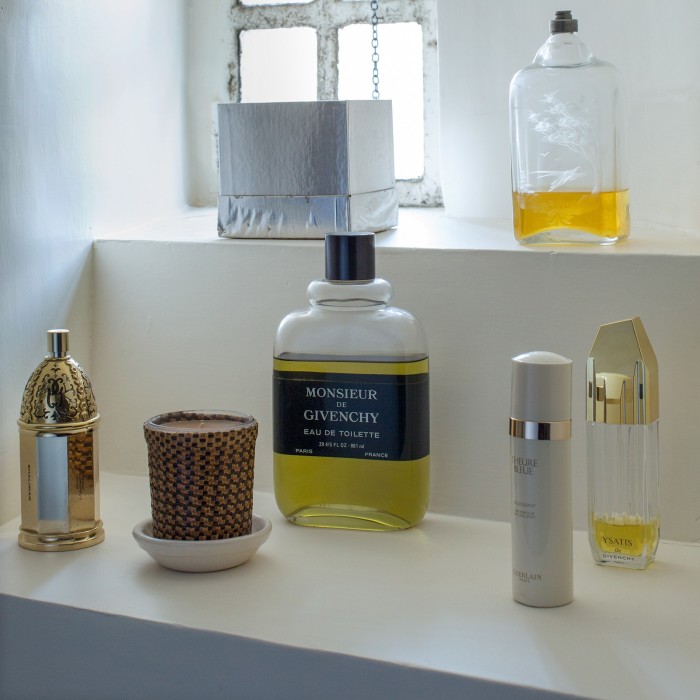
Indeed, stags are a recurring theme at Jonchet. Hubert is the name of the patron saint of hunters and, although Givenchy is more at home with a sketchpad than a rifle, he admires the sculptural quality of antlers, which are recreated throughout the house in stone, bronze, glass, paint and porcelain. One salon is dominated by a huge bronze stag created by François Pompon, who worked as an assistant for Rodin before establishing himself as a sculptor in his own right. At lunch, wine is served in Venetian glasses hand-engraved with stags, crafted by historic glassmakers Barovier & Toso in Murano after a drawing by Givenchy of glasses seen at a friend’s house in Scotland.
Diego Giacometti worked this favoured motif into many of the commissions undertaken for Givenchy. Sinking into one of his inviting sofas after lunch, he languidly indicates a pair of stags’ head candlesticks (estimate £90,000-£120,000). “I can see the traces of Diego’s hand and character in his work,” he says, smiling at this piece with such obvious affection that I ask why he is selling so many of Giacometti’s works.
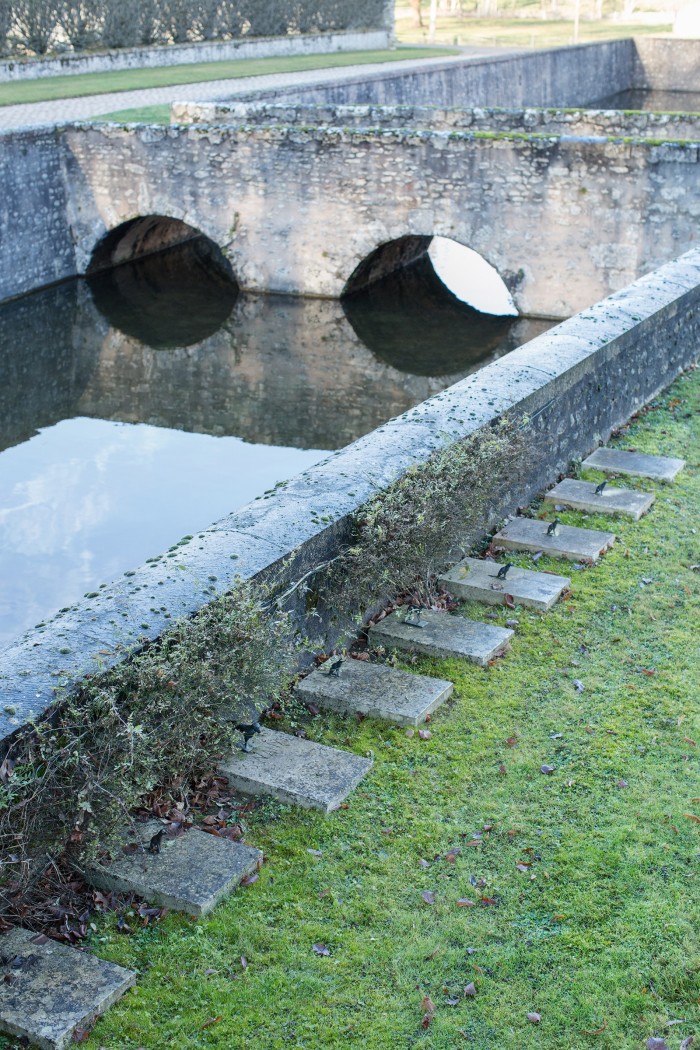
He allows himself a wry smile. “As you can see, I am a little over 20 years old,” he chuckles. “I think it is better that I do a sale for Diego and I want to do it in homage to him. He was always so quiet, so modest, so humble and I want to show that he was not just second fiddle to his brother. I want to show others what I saw in him and his work.” Theirs was a friendship and collaboration that echoes in some measure the relationship with Hepburn.
Givenchy had been introduced to Giacometti’s work in the 1960s by Swiss silk specialist Gustav Zumsteg, whose designs made Abraham Ltd one of the most famous fabric suppliers to the haute-couture business. Zumsteg collected contemporary art, much of which still hangs in the Kronenhalle, a restaurant opened by his mother’s family in Zürich, where the bar is lit by lamps designed by Giacometti. Smitten, Givenchy was introduced to the artist-artisan by art dealer Aimé Maeght, eponym of the famous foundation in Saint-Paul-de-Vence, and their relationship deepened to such an extent that the tombs of Givenchy’s dogs buried at Jonchet – over which large Lalanne birds watch – are surmounted by bronze canine sculptures by Giacometti.
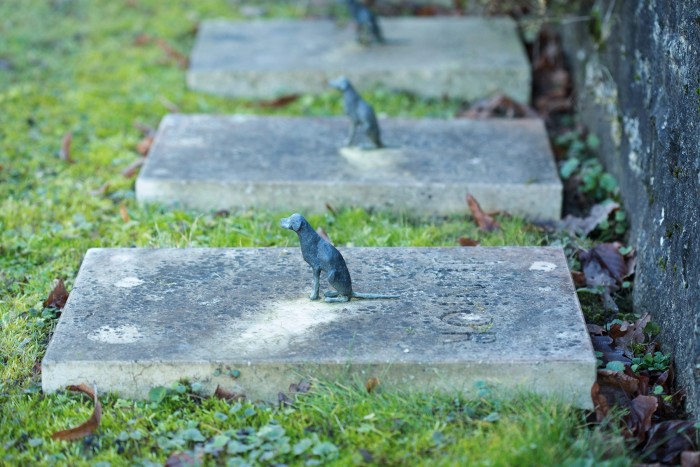
Now, just as with the exhibition he recently mounted in honour of Hepburn and the work he has done for the Balenciaga Museum, he wants to honour the oeuvre and memory of a departed friend and believes that a sale is the best way to achieve that. “I feel I have to do it,” he says with conviction – adding, as a practical man who realises that time is not an infinite commodity, “After all, if I do not do it, someone else will.” Indeed they may, but they would never do it as well.
Adriane M, 4 Rue Saint-Dominique, Paris 75007 (+331-4222 2246; adrianem.fr). Barovier & Toso, Fondamenta Vetrai 28, Murano 30141 (+39041-739 049; barovier.com). Charvet, 28 Place Vendôme, 75001 Paris (+331-4260 3070). Christie’s, 9 Avenue Matignon, Paris 75008 (+331-4076 8585; christies.com); Les Giacometti d’Hubert de Givenchy sale March 6. Cifonelli, 31 Rue Marbeuf, 75008 Paris (cifonelli.com). Cristóbal Balenciaga Museum, Aldamar Parkea 6, Getaria 20808, Spain (+34943-008 840; cristobalbalenciagamuseoa.com). Eric Bompard, 26 Rue Vavin, 75006 Paris (+331-4633 2332; eric-bompard.com). Galerie J Kugel, 25 Quai Anatole France, Paris 75007 (+331-4260 8623; galeriekugel.com). Gemeentemuseum, Stadhouderslaan 41, The Hague 2517 (+3170-338 1111; gemeentemuseum.nl); To Audrey with Love exhibition until March 26. H Huntsman & Sons, 11 Savile Row, London W1 (020-7734 7441; huntsmansavilerow.com).
Comments